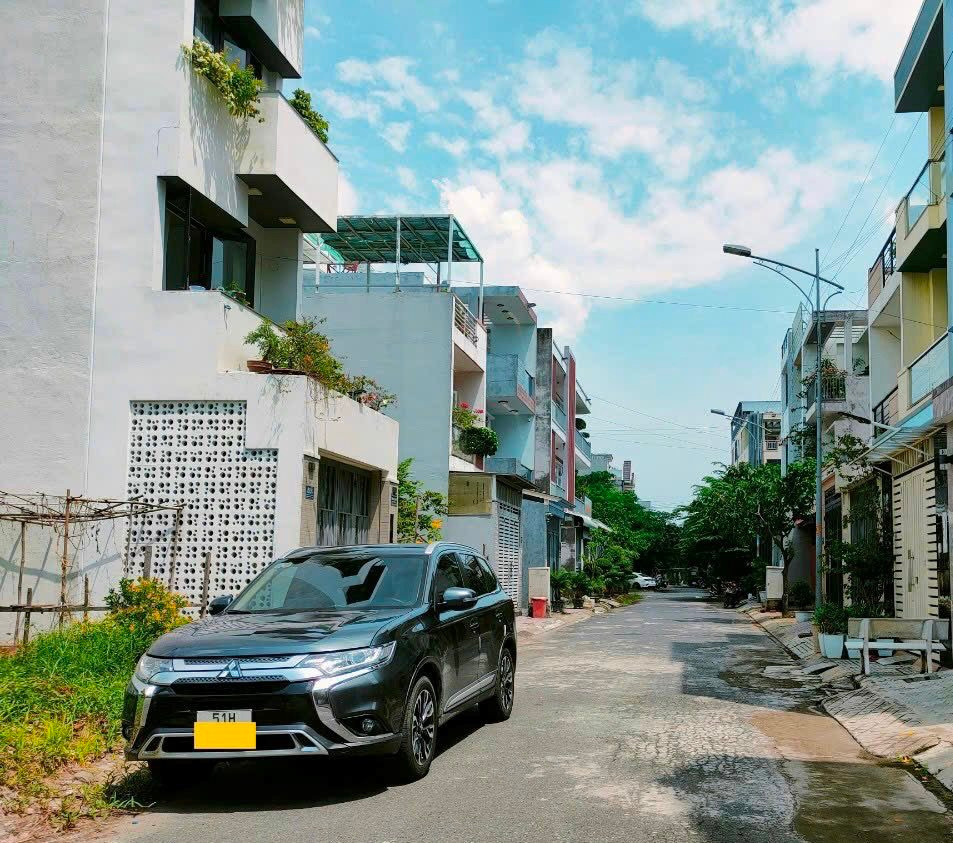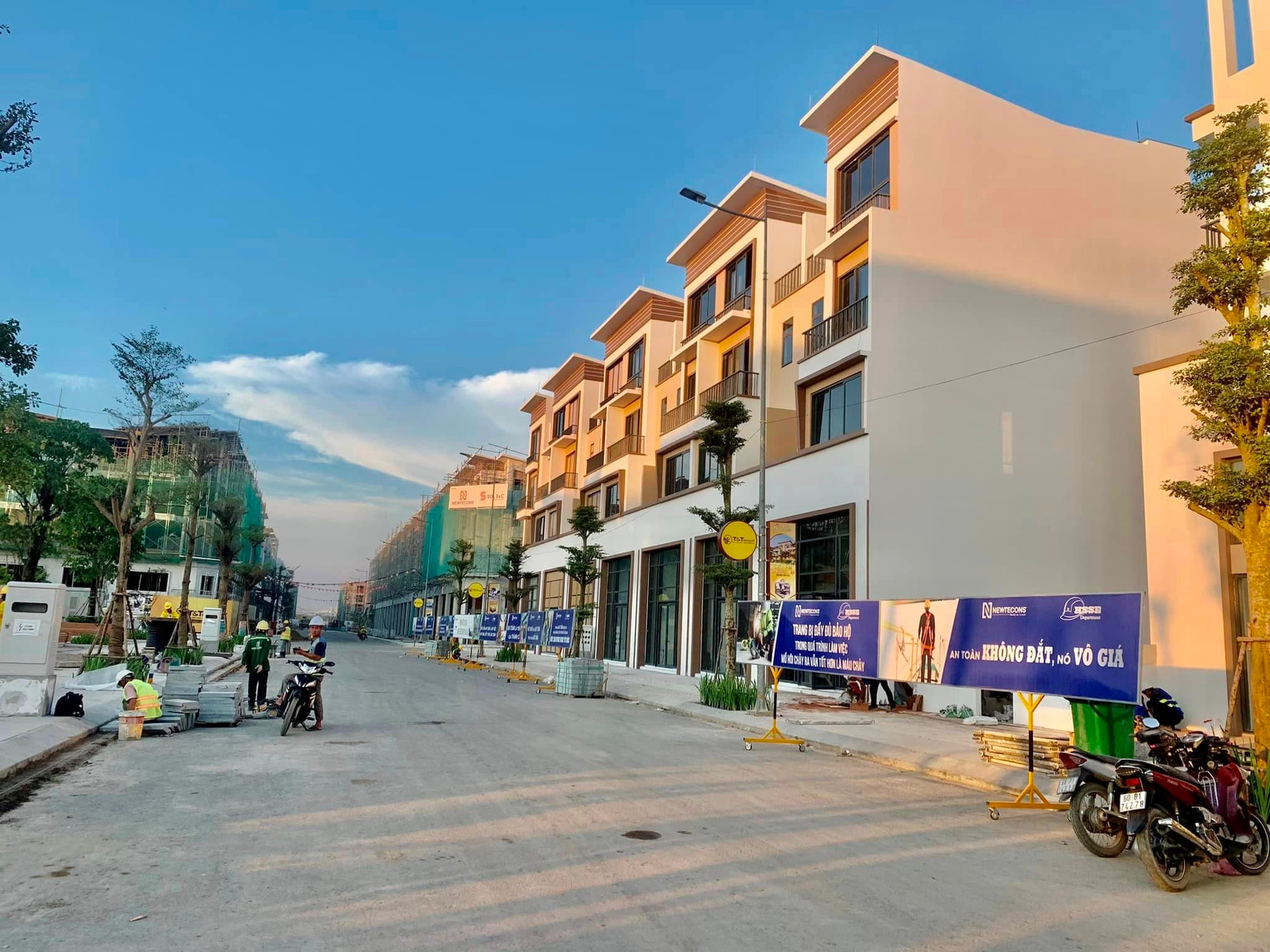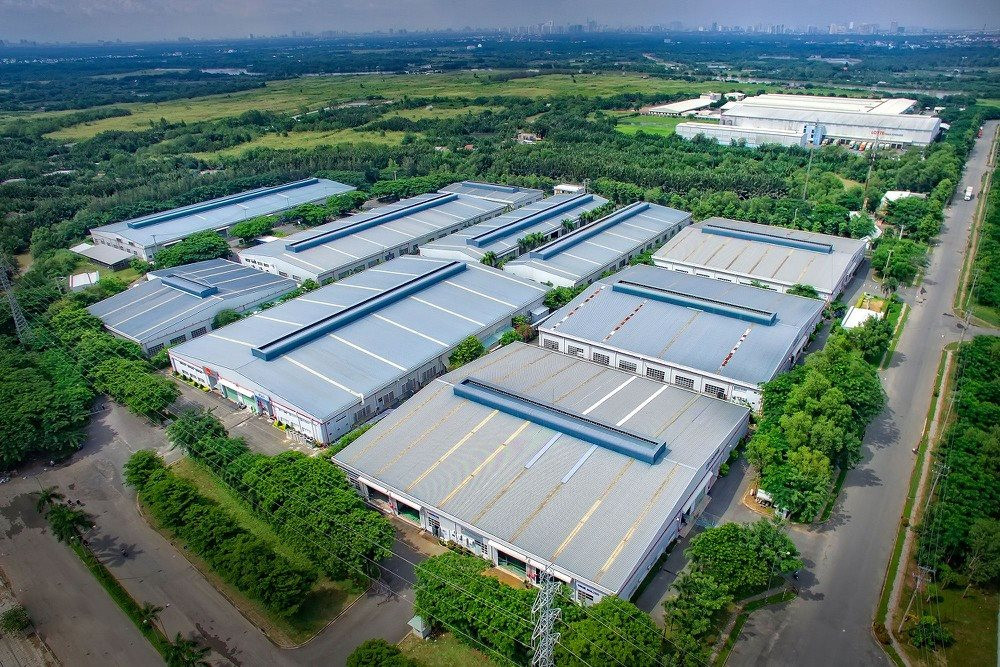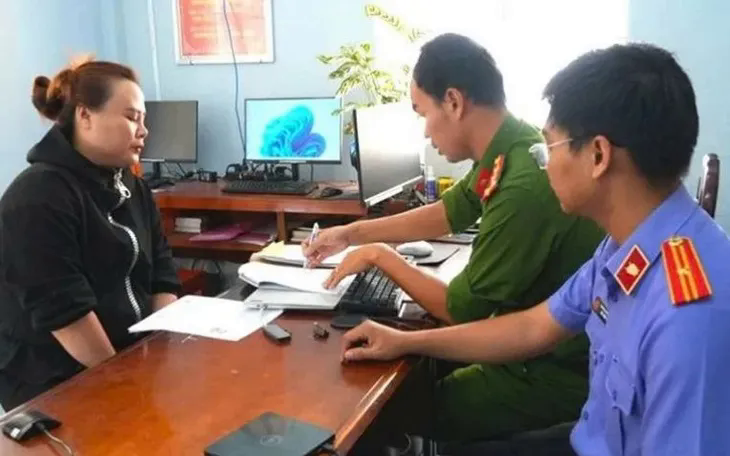
Apartment segment: Investors prioritize safe cash flow
Over the past time, apartment buildings are the type of real estate least affected by negative market impacts due to serving the genuine housing demand.
Data from Batdongsan has shown that the average return on investment in apartments from 2015 to present is 12.5% per year, including both price increase and rental return. This is a good and stable return compared to other investment channels such as stocks, gold, foreign currency, land, or savings. The reason is that apartments continue to increase in price and the demand for buying or renting this type of property is always high.

A survey by Savills on 30 Grade A and B projects in Ho Chi Minh City shows that the rental yield for apartments in 2023 remains stable at 4.8% per year. Areas such as the old District 2, District 3, and District 10 have had the highest investment returns recently. The firm also evaluates that the overall investment return for apartments is still higher than deposit interest rates, indicating that apartments are still a profitable investment channel. In the short term, rental yields are expected to increase due to a decrease in the number of handed-over apartments and the maintenance of low deposit interest rates.
Troy Griffiths, Deputy Managing Director of Savills Vietnam, evaluates that the short-term challenges of the apartment segment still come from the shortage of new supply and high selling prices. When buyer sentiment improves and there are not many alternative investment options, the housing market will recover.
A positive point in Savills’ data is that in 2024, the expected new supply will increase four times compared to 2023. Grade B will account for 44% of the market share. Grade A will have 37% from high-rise projects in The Global City. Grade C will only hold 19% market share. By 2026, it is expected to have 40,800 units from 116 projects come on the market.
Townhouses: Strong recovery and growth by 2026-2027
Many experts in the field emphasize that renting townhouses is a suitable investment channel for people with available idle money at this time. If diligently searching and screening, investors can buy properties at a good price about 10-15% lower than at the end of 2021. In HCMC, many homeowners under financial pressure have accepted selling at prices from 3-4 years ago.
Sharing about this segment, Le Quoc Kien, an experienced real estate investor in HCMC, believes that the secondary supply of townhouses is quite diverse and the advantage lies in the hands of buyers who have available “fresh money”. Although transaction prices are quite high, this asset class meets many objectives as it can be used for living and can be rented out for various purposes such as office space, retail stores, or accumulating cash flow to guard against price drops. The annual return on investment for townhouses is usually about 1-2%.

Currently, the interest rate for home loans is at a good level, fixed at below 10% per year for 2-3 years. Investors can expect that when the preferential interest rates end, the market will also recover and grow again in the period of 2026-2027. In the long term, buying townhouses is a good asset for preservation and a relatively stable price growth.
Bright spots in the industrial real estate
According to Duong Thuy Dung, CEO of CBRE Vietnam, despite many challenges and difficulties faced by the Vietnamese economy in 2023, industrial real estate still achieved positive results. The occupancy rates in grade 1 markets are maintained at a favorable level. Manufacturers from different industries and countries continue to expand their presence in both regions. This indicates sustainable development in various fields and a positive trend for the Vietnamese industrial market.
In the next 3 years, industrial land rental rates are expected to increase by 5-9% per year in the North and 3-7% per year in the South. Positive demand from different industries and nationalities helps drive rental price growth in many locations. Meanwhile, the rental prices of ready-built warehouses/factories are projected to increase slightly from 1%-4% per year in the next three years. In 2023, the semiconductor industry and the electric vehicle industry began to invest in Vietnam. With the orientations of provinces and the increasing interest of businesses in high-tech and sustainable industries, it is predicted that these industries will drive future demand.

“In a year when the economy and real estate market face many challenges, industrial real estate can be considered a bright spot. With Vietnam expanding deep and wide cooperation with major economies, opportunities will continue to come to this sector. However, Vietnam also needs to actively prepare in terms of infrastructure, human resources, and quality industrial products to maximize this opportunity,” emphasized the CBRE Vietnam representative.
According to Trang Bui, CEO of Cushman & Wakefield Vietnam, increasing demand has led many investors to look for land funds in emerging markets, especially the suburbs of Hanoi and HCMC, for expanding investments in rental industrial parks or developing supporting industries in 2024. However, investors in this real estate channel need to consider the speed of infrastructure connection and even budget investment for infrastructure. Because the challenge in the current Vietnamese market is that infrastructure has not kept up with the pace of development of industrial parks and clusters.











